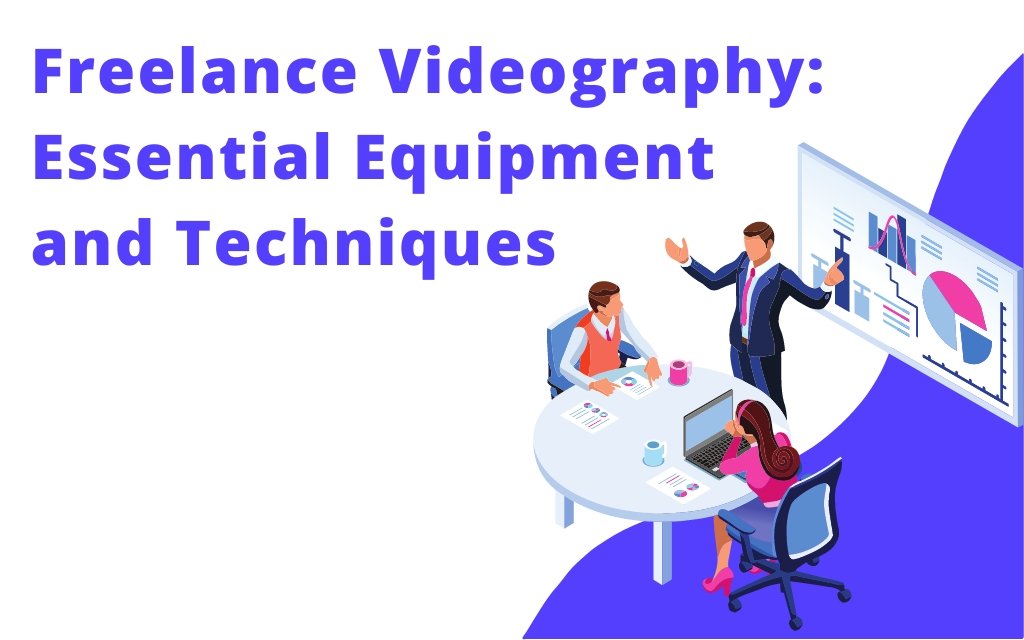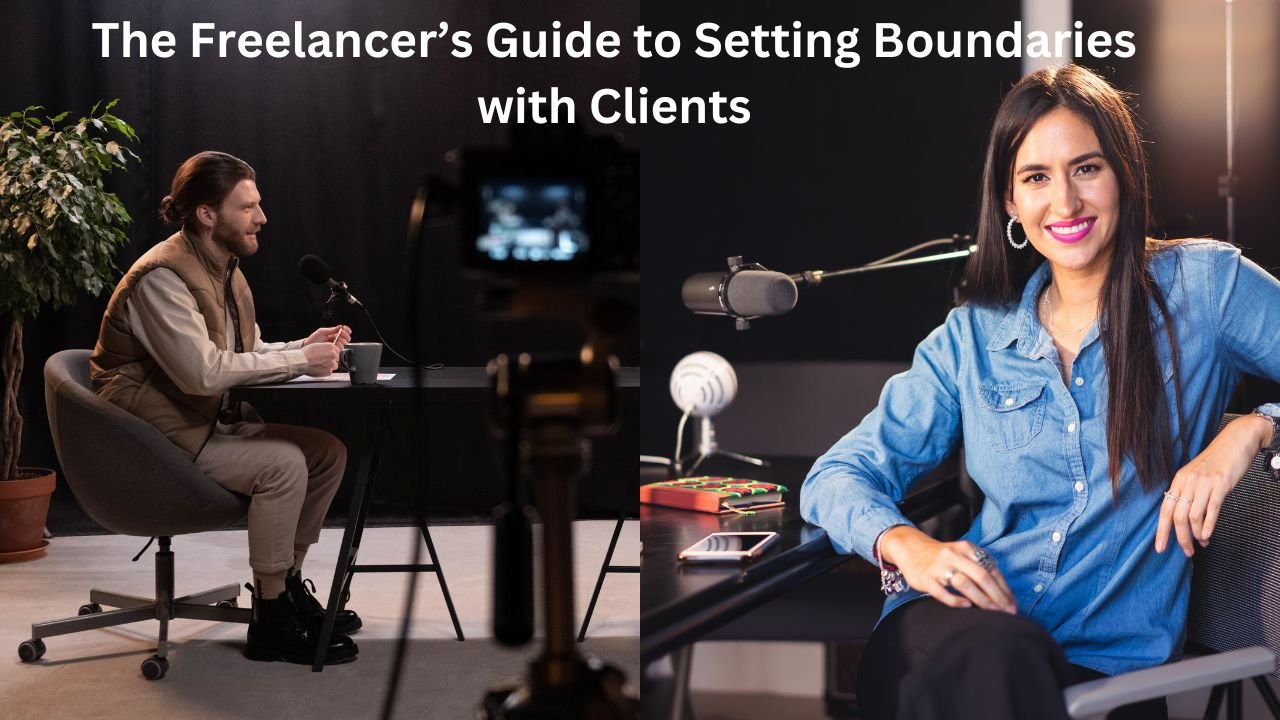Freelance videography is a rewarding and creative career that allows you to capture and share stories through video. Whether you work for clients or create your own projects, you need to have the right equipment and skills to produce high-quality videos that stand out from the crowd. In this article, we will cover some of the essential equipment and techniques that every freelance videographer should know.
Equipment
High-quality equipment is essential for any freelance video producer. Not only does good equipment provide a professional look for your videos, but it also helps to capture the attention of potential clients. Necessary equipment includes cameras, lights, and sound gear.
Camera
A camera is the basis of your videography equipment. It will likely set the tone for the type of equipment you pair with it. You might choose a DSLR or mirrorless camera, or even use your smartphone. When choosing the right video camera, consider things like:
- Budget: Video cameras come in all different budgets. Consider how much you want to spend on your camera before shopping.
- Type of video shooting: Consider the type of video shooting you plan to do, with options like static or stealth. You also want to consider options like high definition or 4K.
- Where you publish your videos: How, and where, you plan to publish your videos can help you choose the right camera. You might choose a webcam, action camera or camcorder.
- If your videos include audio: Some video cameras have better built-in audio settings. However, you can also always add an external audio source if the camera you want does not.
Tripod
A tripod is a piece of equipment that keeps your camera sturdy when filming. It is useful when shooting static videos. It also allows you to pan across multiple angles with a smoother transition. When choosing the right tripod, consider things like:
- Durability: If your videography projects take you away from home, you want to choose a tripod that is durable.
- Flexibility: You also want to consider how flexible a tripod is. A fluid head tripod allows you to move your camera as needed. You might even choose a slider if you prefer to run and shoot.
- Fit: You want a tripod that is made to fit your video camera. Even if you’re shooting with your iPhone, there are tripods designed for specific models.
Lighting
Lighting is one of the most important aspects of videography. It can make or break the mood and quality of your video. You need to have a good understanding of how to use natural and artificial light sources to create the best effect for your video. Some of the lighting equipment you might need are:
- LED lights: LED lights are versatile and energy-efficient. They can provide different colors and temperatures of light depending on your needs.
- Softboxes: Softboxes are used to diffuse and soften the light from LED lights or other sources. They can create a more natural and flattering look for your subjects.
- Reflectors: Reflectors are used to bounce light from one source to another. They can help fill in shadows or add highlights to your scene.
Sound
Sound is another crucial element of videography. It can enhance the emotion and message of your video, as well as make it more engaging and immersive for your audience. You need to have good quality sound equipment and techniques to capture clear and crisp audio for your video. Some of the sound equipment you might need are:
- Microphone: A microphone is used to record the sound from your subject or environment. There are different types of microphones for different purposes, such as shotgun, lavalier, or condenser microphones.
- Audio cables: Audio cables are used to connect your microphone to your camera or recorder. You need to have the right type and length of cable for your setup.
- Headphones: Headphones are used to monitor the sound quality and levels while recording or editing. You need to have headphones that are comfortable and noise-canceling.
Techniques
Having the right equipment is not enough if you don’t know how to use it properly. You also need to master some basic and advanced techniques that will help you create stunning videos that showcase your talent and vision. Some of the techniques you should learn are:
- Framing: Framing is how you compose your shot using the elements in your scene. You need to consider aspects like rule of thirds, symmetry, balance, depth, and perspective.
- Focus: Focus is how you control the sharpness and clarity of your subject and background. You need to know how to use manual and auto focus modes, as well as depth of field and bokeh effects.
- Exposure: Exposure is how you adjust the brightness and contrast of your image. You need to know how to use aperture, shutter speed, and ISO settings, as well as histograms and exposure meters.
- White balance: White balance is how you correct the color temperature of your image. You need to know how to use presets, custom settings, and color cards to achieve the right color balance for your scene.
- Movement: Movement is how you add dynamism and interest to your video. You need to know how to use camera movements like panning, tilting, zooming, and tracking, as well as subject movements like action, gesture, and expression.
Upwork Announces Simplified Flat Fee Structure of 10% for Freelancers, Driving More Demand for Their Services
Conclusion
Freelance videography is a rewarding and creative career that requires the right equipment and techniques. By investing in quality equipment and learning essential techniques, you can produce high-quality videos that impress your clients and audiences. Freelance videography offers an exciting opportunity to express yourself and share stories through video.





One thought on “Freelance Videography: Essential Equipment & Techniques”